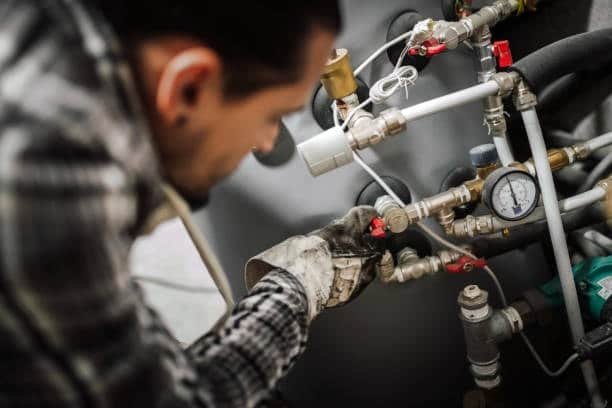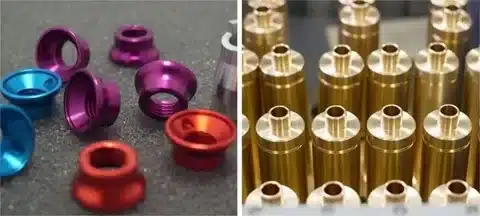The success of precision manufacturing depends largely on the correct design of machine fixtures for various machining operations, including horizontal machining centers . In both machining and fabrication, fixtures are needed to hold a workpiece in place while work is carried out. When a fixture is well designed, the chance of error goes down, accuracy increases, the process is repeatable and productivity may soar. Using custom fixtures and special designs for machine fixtures allows for reliable and efficient work when using milling, turning and even CNC machines, including various machine tools that are mounted on the machine table in high demand areas such as aerospace, automobile and medical device fabrication.
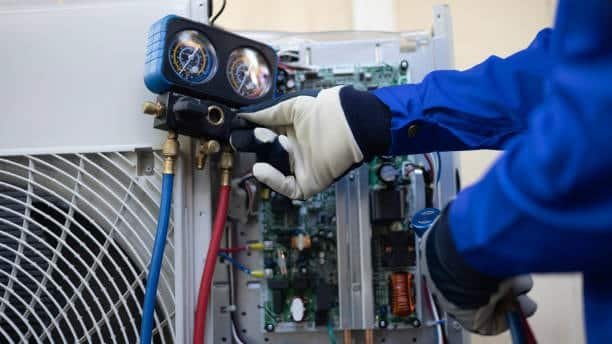
Additionally, properly designed fixtures improve how accurately the tool is used and minimize the chance of any tool or worker injury caused by unstable workpiece movement. They help speed up the setup process, shorten downtime and make the whole operation more efficient. For complex CNC machining operations, custom fixtures are commonly designed to match the shape of the part are commonly designed to match the shape of the part, helping all cutting tools get to the part and lowering chances of vibration or deflection. Advanced manufacturing methods call for better fixture design to ensure quality remains constant and the company stays ahead of competitors.
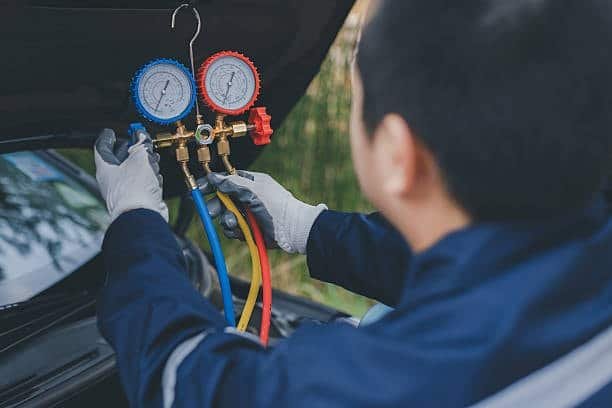
Not only should fixtures be reliable, but they should last to ensure production is consistently done smoothly and effectively. Quality build and sturdy materials with high tensile strength delay the possible effects of repeated use and stop the fixtures from becoming inaccurate. Because these instruments, which include standard components and other components are so dependable , are so dependable, they won’t require frequent maintenance and can keep the production process running smoothly and at a lower cost. In addition, being adaptable, fixtures enable manufacturers to quickly make changes or introduce new products in flexible production systems. Because of this, high-quality fixtures help in current machining and also build manufacturing stability and future advancements.
The Purpose and Importance of Fixture Design
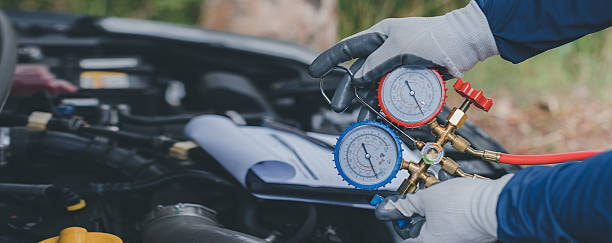
While making a product, fixtures hold the workpiece in place. Instead of moving, the tool is fixed in one place by fixtures. Clamping properly is the main aim to ensure the workpiece is both accurately placed and aligned. Thus, the piece stays the same so that machining with any tool matches the design and maintains the correct orientation and produces uniform products always. Incorrectly designed mounts can result in defects, more vibration, variations in parts, frequent part rejections, more time with machines offline and increased wear on tools. For this reason, spending on conscious fixture design leads to more dependable manufacturing.
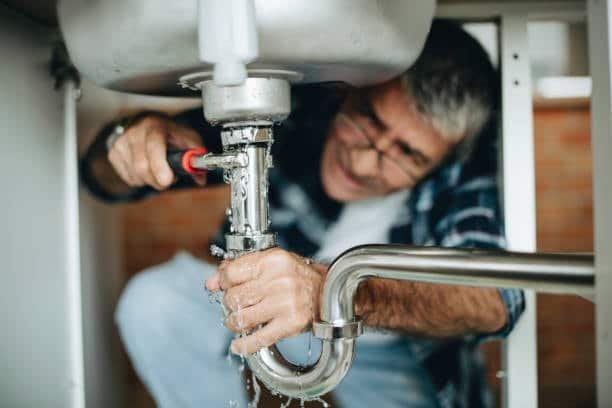
Besides, well-designed fixtures cut down on assembling time and improve the entire manufacturing process. Because placing parts is quick and consistent with fixtures, machinists focus more on working and less on moving workpieces. Not only does it make things move smoother, it also helps operators avoid getting tired and making mistakes. In addition, strong tooling plates and toggle clamps help prevent vibration and spread the force of clamping that prevent vibration spread the force of clamping across the entire surface, so there is less pressure centralized on the workpiece which might lead to damage. Good fixture engineering is important for boosting the quality and efficiency of machining processes in different industries.
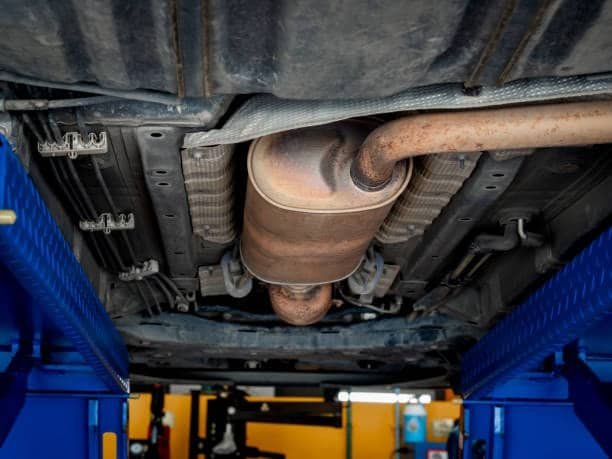
In addition, adding automation and smart sensor technology to fixture design is making modern manufacturing improve by allowing real-time control and monitoring. Thanks to these improvements, workholding devices in the form of fixtures can report on cutting forces both at the machine table and clamp , clamping forces, how the parts are aligned and the temperature effects during the process, helping keep everything optimal. Thanks to this method, tools serve longer and unlikely problems that cause machine downtime are less common. This means companies can process more parts while maintaining the exact standards desired by today’s markets.
Fundamental Principles of Fixture Design
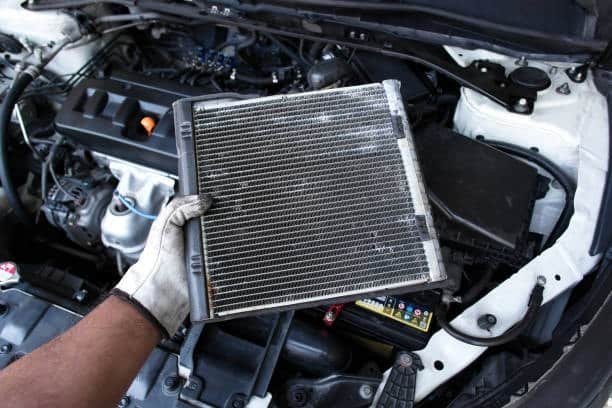
Engineering rules guide the planning of useful and operational fixtures. Efficient fixture design depends on correct placement and support. It needs to maintain strong control over the workpiece so that it stays tight, but not so strong that it’s too much for the workpiece. To accomplish this, the machinery needs locator pins, dowel pins supports and stops properly inserted in the set location to hold the part in the right spot. In addition, the strength of the clamping force should be suited to the application. Whether machining force control and distortion minimize effectively depends largely on how thoroughly the workpiece is clamped. If the application requires higher or lower complexity or volume, designers will elect to include toggle clamps, hydraulic cylinders or pneumatic actuators.
In addition, it’s important that accessibility is not reduced in the design. The layout must make sure that the cutting tool can access every machining area, especially in single axis setups with no difficulty, so that repositioning and setups are kept to a minimum. You can minimize the time the fixtures are stopped for loading and unloading with efficient swing clamps with modular and easy-change designs.
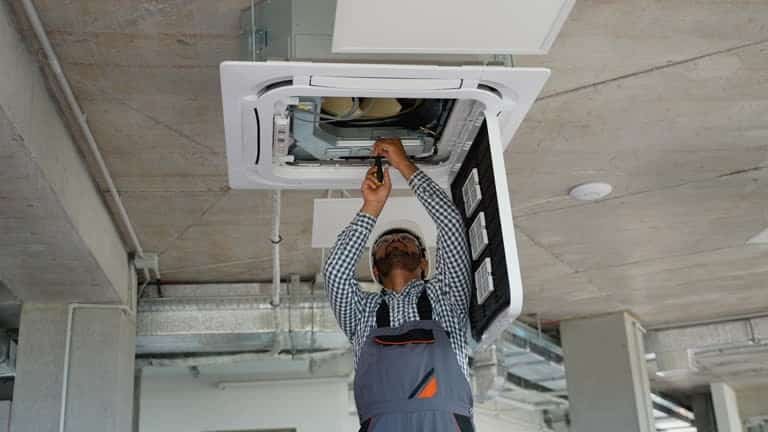
By making fixtures ergonomic, you can increase both the comfort and security of the operator and that can significantly boost productivity. Easy-to-handle, easy-to-build and adjustable fixtures help prevent both stress on your body and errors when assembling things. Fast tooling plates and other components, along with parts-changing systems, help reach high speeds and they make sure the parts are precisely positioned, needed for big-scale manufacturing tasks. Because fixtures are now designed with accessibility, ergonomics and flexibility, manufacturers can move quickly through tasks to produce identical parts with identical sides, meeting deadlines and still ensure , meeting deadlines and still ensure their products meet quality requirements.
Types of Machine Fixtures

Each unique operation requires special design for its fixtures. To allow for stiffness, mill fixtures depend on T-slots and base plates, while the usual method for cylindrical capacitance in lathe fixtures is a faceplate, collet or chuck. However, the modular fixtures used in grinding must give rise to shocks and deliver extraordinary fixture components used in grinding must both give rise to shocks and deliver extraordinarily precise results. Entrusted parts of bushing are implemented in drilling devices to make drilling bit positioning precise. For big productions, you can create special turning fixtures that address the features of one kind of part. These fixture plates are made up of flexible parts that let the user adapt them for multiple sets of workpieces. Modular systems make good financial sense whenever adaptability and change play a major role.
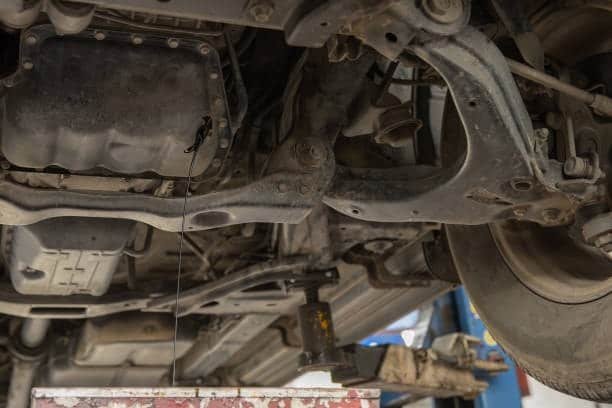
Furthermore, whether custom or modular fixtures are used often comes down to the amount being produced and the number of different parts. Special fixtures are created to help on high-volume jobs, giving them the best aid and control for precise movements. On the contrary, modular fixtures as a workholding device re handy for small quantity work or episodes of experimentation, as they can be changed quickly with only minimal pauses in assembly. Improvements in fixture materials to lighter alloys and composites can help teams better handle their work while also enhancing cost effectiveness and making their work environment less stressful. Understanding fixture design basics helps in picking and designing fixtures thoughtfully for each manufacturing process from picking and designing fixtures thoughtfully for each machining process from an extensive range, maximizing both accuracy, flexibility, and overall efficiency.
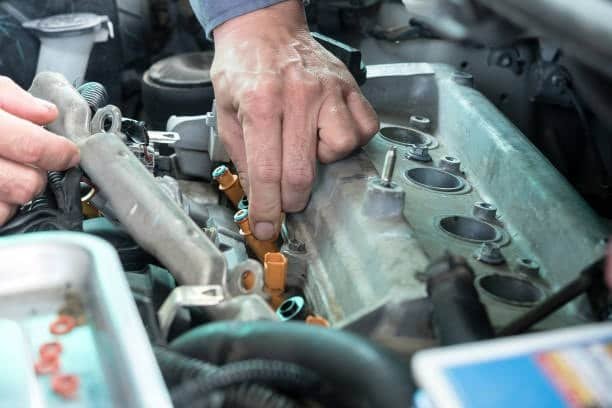
Besides, using 3D printing and other types of additive manufacturing is increasing the possibilities for making fixtures, allowing them to be both complex and light, as well as helping with quick prototyping. This new technology makes it possible to adjust designs for better surface finish of the fixture body multiple times very quickly and apply solutions that fit the exact structure of each part, so lead times are lower and less material is wasted. With additive manufacturing, it becomes easy for fixtures to change and are flexible to support responsive production processes. Therefore, manufacturers are able to respond more quickly to changes, make their operations more efficient and preserve top standards of quality and exactness in various production situations.
Material Considerations in Fixture Design
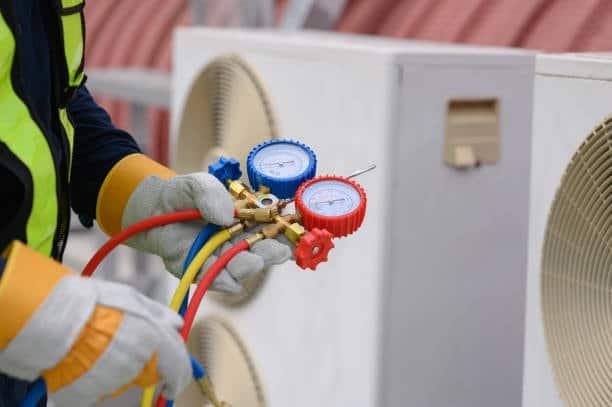
The type of fixture material is important for its function. You may make fixtures by hardening steel, aluminum or cast iron. Because it is very strong and durable, steel is commonly featured in fixtures for heavy, ongoing production with various machine tools . Being lighter and simpler to cut makes aluminum a useful choice for both modular and prototype fixtures. Its vibration-absorbing feature means cast iron is often used where lowering chatter and noise is important. To protect very sensitive materials such as titanium or aerospace alloys, the match of materials between the forming fixture and the mounting holes of the workpiece should ensure the quality of machined surfaces for the finished part. should also be checked, as some incompatibility can cause contamination or galvanic corrosion.
Modifying the surface of products greatly improves their lifespan and reliability. Hard chrome plating or nitriding the fixture parts can help them wear less, reduce sliding and keep the clamping force the same as before. Moreover, the design of fixtures needs to be aware of thermal expansion issues, including adjustments along the z axis when machining materials that tend to heat up, so the material can’t change shape during use. Accuracy is preserved all through manufacturing by using materials with similar temperature features or by installing thermal compensation features in the fixture body . Choosing suitable materials and working with care help create fixtures that stand up well and meet quality standards in many industrial settings.
The accuracy and continuous working of fixtures can be protected by frequently checking and maintaining these components. As fixtures show such signs as wear or being corroded, their performance decreases, leading to parts and pieces not aligning correctly and uneven machining. By having check-ups and repairs at regular times for loading and unloading , you can notice issues ahead of them affecting your work, saving time and money redoing tasks. Besides, ensuring design fixtures are stored and handled correctly keeps them away from unnecessary harm and dirt. The right design, essential components proper materials, surface treatments and good maintenance allow manufacturers to use their fixtures as reliable tools throughout many production cycles.
Computer-Aided Fixture Design (CAFD)
Advanced fixtures are now largely made through CAD technology and simulation. CAD helps engineers make fixture components in three dimensions, estimate the needed clamping force, and often utilize diamond pins , reveal any interference between tools and measure stress. As manufacturing changes with new machine tools , smart fixturing sets up strap clamps to continuously track both the grip strength sets up sensors to continuously track both the grip strength, whether or not a part is in place and temperature variations. Currently, FEA is used in many structures to predict and prove whether fixtures will withstand various loads. Misfit behavior in fixtures, no matter how minor, will lead to part failure in precision engineering.
In addition, when combining CAD with simulation tools, engineers can evaluate and improve fixture designs before any real models are built which decreases the time and costs for development. Virtual testing allows problems or issues to be caught early, making it easy to improve the fixtures’ performance and lifespan. By using IoT, intelligent fixtures now collect real-time data that offers insights on how properly to maintain machines. Because of this, there are fewer surprises and operations continue to run smoothly. Thanks to new digital advances, fixture design is becoming more accurate, adaptive and smart to meet the rising standards of today’s manufacturing.
There is increasing value in having teams from mechanical, materials and software backgrounds collaborate on developing more advanced fixture technology. As a result of this cooperation, the products are not only robust but also work well with technology and automated plants. By integrating quick acting clamps, this way of working inspires new methods that handle production difficulties, increase flexibility and boost continuous progress. Applying expert strategies with the help of digital tools means manufacturers can design fixtures that balance productivity, quality and flexibility in business today.
Innovations in Fixture Technology
Today’s manufacturing requires that manufacturers act quickly, produce efficiently and stay very accurate. Smart fixture technology using embedded sensors now allows for continuous monitoring of the clamping force, detecting parts and following temperature changes in the production process. CNC machining fragile or thin pieces that are flat can rely on vacuum fixtures which use air pressure to attach and hold the part rather than conventional levers. In places where speed in installation and less contact with parts are needed, more people are using magnetic fixturing. Programmable actuators allow the fixturing to change for changing for each unique part in various machining operations in robotic machining cells in robotic machining cells. As a result, fewer fixtures are needed which allows for fast production with simple assembly changes.
Integrating these new fixturing technologies increases the dependability of the manufacturing process and improves the quality of the final products. When smart fixtures are installed and problems are caught real-time, maintenance can be avoided before any real trouble or setbacks occur. With magnetic and vacuum fixturing, both setup times and risks of damaging delicate items are lowered in industries such as electronics and aerospace. By using adaptive fixturing and robotics in the automotive industry , it is possible to run manufacturing cells that move efficiently from one product to another, without the need for major reworking. All of this works together to help factories go faster, be more exact and respond quickly when things in production change.
In addition, with a focus on sustainability in manufacturing, modern fixture designs contribute by lowering material and energy use. When fixturing is organized, you need to set up and rework less, so there is less scrap and resource use. Using lighter and flexible designs, devices are now easier to transport and to fix or replace parts of rather than replace the whole unit. Improved eco-friendly techniques in fixture technology can give manufacturers a boost in productivity, reduce manufacturing costs during their manufacturing operations , improve product quality and commitment to relevant goals for sustainability.
Challenges in Fixture Design
Fixture design is crucial, but it is hindered by many important challenges. It is sometimes important for designers during the process to ensure that a fixture is both sturdy and flexible, supporting changes in geometry and load. Another major difficulty in fixtures design, including the use of angle plates, is ensuring that both costs go down and quality stays high. Engineers often rely on modular systems or 3D-printed materials in the early part of prototyping, as making advanced fixtures can be very costly. If the temperature varies during machining across an extensive range , parts may be distorted. As thermal expansion means things expand in heat, engineers must be able to adjust fixtures to handle any size changes in processed materials.
Moreover, with parts becoming more complex and with shorter cycles for making products, fixture designers are under extra pressure to ensure their work is efficient and can do many tasks. Switching quickly from one product part to another while maintaining quality usually demands innovative approaches in fixture design, including interchangeable components as well as modern materials and technologies. Now, making fixtures work together with automated systems and robots means they need to be easily accessible and unfailing in their duties. Solving these problems require design engineers, manufacturing groups and material experts to cooperate and invent tools and fixtures that maintain today’s standards in production, cut costs and continue to meet quality criteria.
In addition, as industries work towards Industry 4.0 and totally connected factories, fixture designers are starting to include data-driven methods in their work. If fixtures are equipped with sensors and run on machine learning, they can always report on how they are functioning which leads to fast real-time improvements. In this way, machining is done accurately and both the fixtures and the cutting tools last longer. For this reason, manufacturers understand their operations better, use smart fixture technologies and improved strategies for predictive maintenance and make their equipment more effective. Smart fixture technologies that meet specific fixturing requirements are now necessary for manufacturers who want to succeed in an ever-changing manufacturing sector.
Conclusion
Generating machine fixtures is now standard in manufacturing; they play a key role in accuracy, cycle time and how smoothly a job takes place. The combination of fixture design knowledge and advanced technology and materials helps engineers respond to today’s need for exact precision. A fixture is important not only for supported parts, but also for guaranteeing flawless items at every production stage. Put simply, machine fixtures ensure that all produced parts consistently fulfill the exact requirements, no matter how complex surgery may be. In addition to holding the part, fixtures that are custom designed help reduce how long it takes to set up, lower errors and improve the general flow of production. Fixture design is developing further as advanced materials, ergonomics and smart devices are added to manufacturing advancements. Thanks to this blend, engineers and manufacturers are more successful, are able to use smaller tolerances and meet fast-changing requirements, all of which fuel the growth of today’s manufacturing industry.
Besides, as new technologies come in, fixtures are designed so machines and control systems work smoothly together. Because of this connectivity, clamping forces and part positions can be controlled as actions occur, making work more accurate and repeatable. Since manufacturing environments are getting more intricate, the capacity to adjust fixtures for various parts and steps fast is very important. As a result, combining modern fixture designs with advanced technologies helps businesses cut production costs while also supporting efforts to protect the environment. New advances in fixings make them a key part of future manufacturing improvements.

